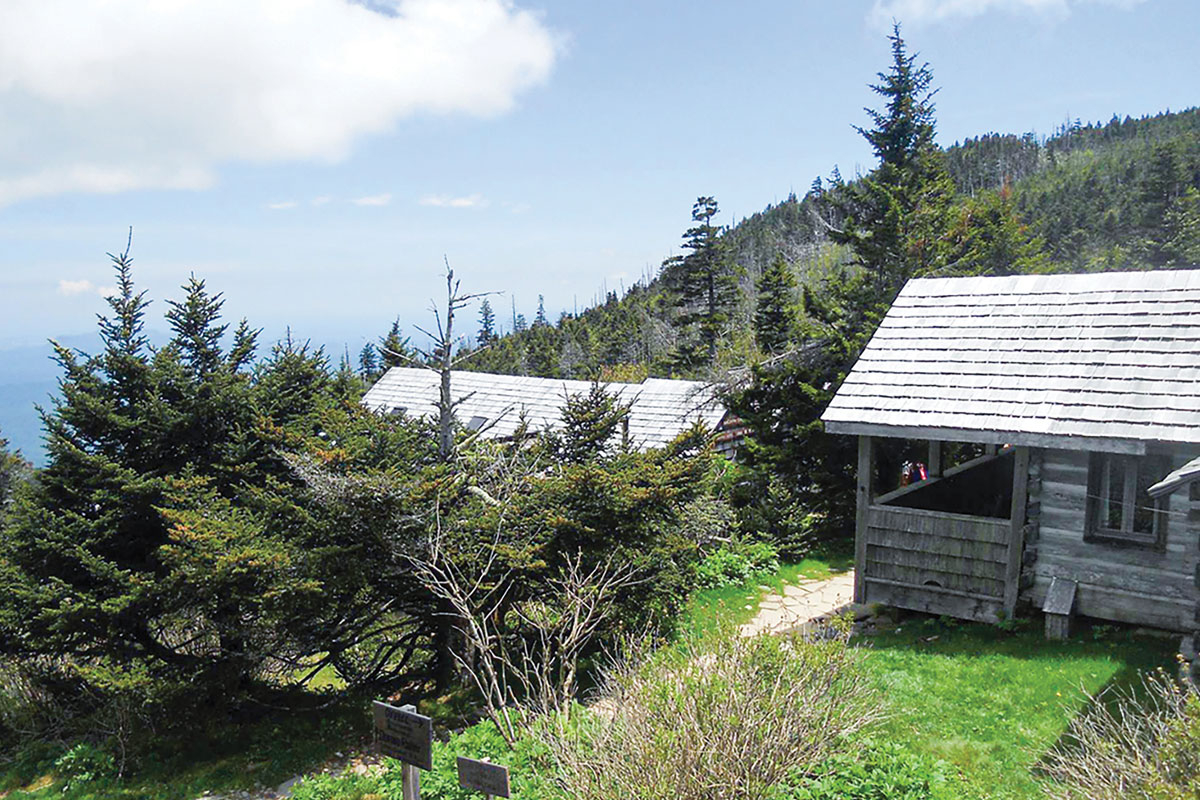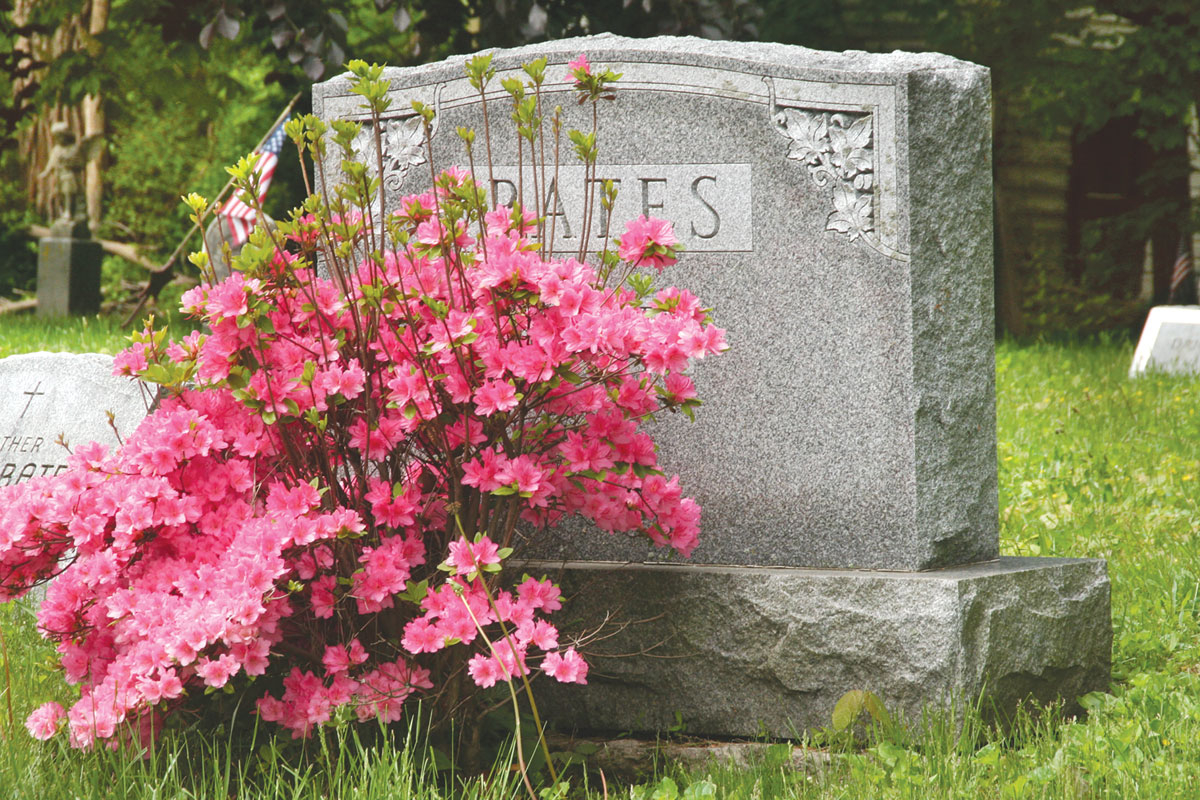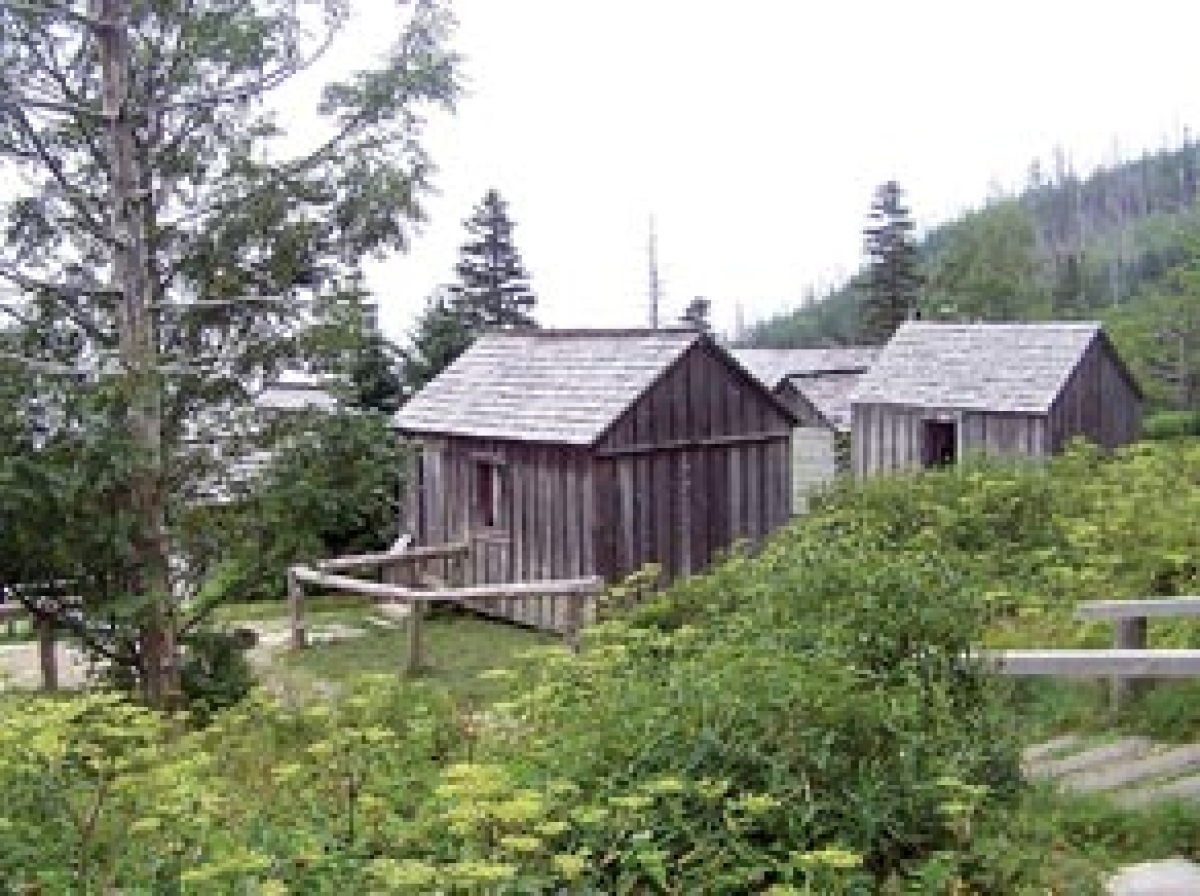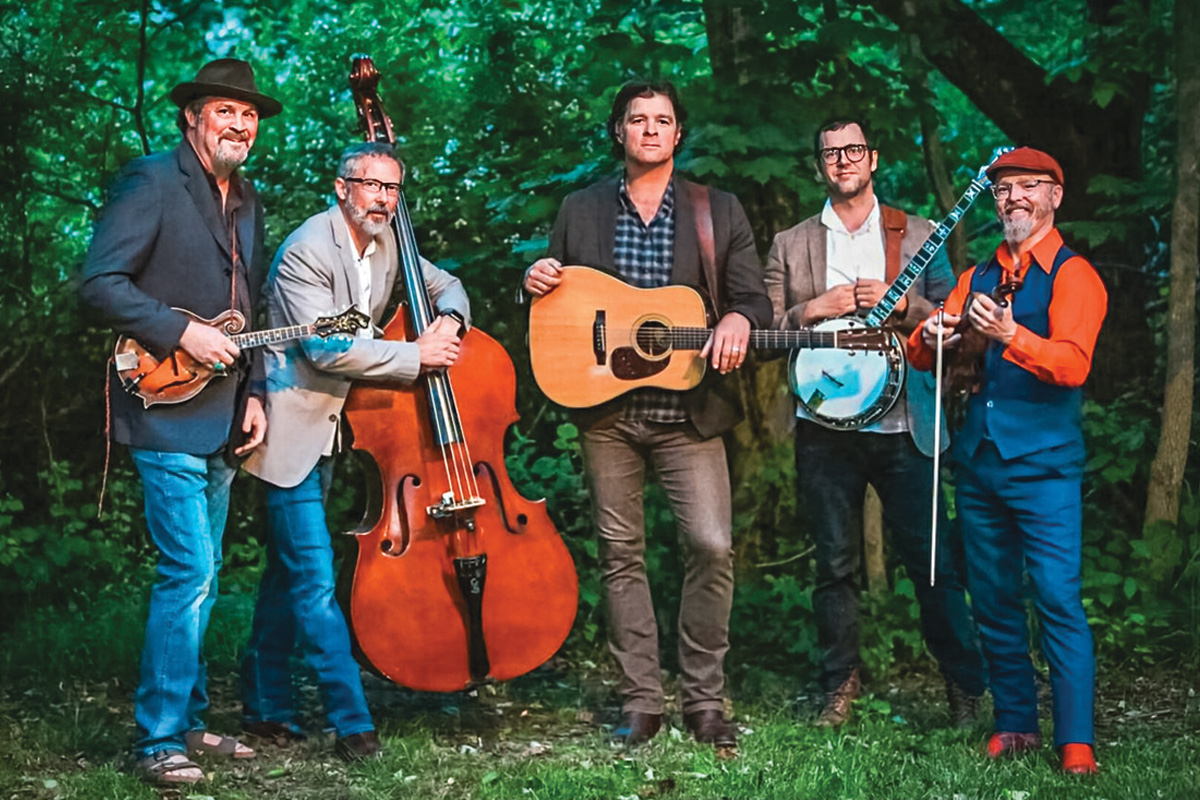The countries of Folkmoot USA
 New Zealand — Whitireia Performing Arts
New Zealand — Whitireia Performing Arts
Whitireia Performing Arts is affiliated with New Zealand College of Performing Arts. This school is an energetic setting that prides itself on high-quality performing art programs and performers.
Guides serve as ambassadors to visiting performers
 For many teens growing up in Haywood County, becoming a Folkmoot guide is a dream come true. The job means spending two weeks with a group of international dancers and musicians, helping them with everything from getting to performances on time to making trips to Walmart for shopping excursions.
For many teens growing up in Haywood County, becoming a Folkmoot guide is a dream come true. The job means spending two weeks with a group of international dancers and musicians, helping them with everything from getting to performances on time to making trips to Walmart for shopping excursions.
Serbian performers return to Folkmoot
 The Serbian group Talija Art Co., crowd pleasers at the 2009 Folkmoot, will make a return appearance at this year’s folk festival.
The Serbian group Talija Art Co., crowd pleasers at the 2009 Folkmoot, will make a return appearance at this year’s folk festival.
Can the dream stay alive for another generation?
 “You know, this is really the only thing I know I’ve wanted to do my whole life.”
“You know, this is really the only thing I know I’ve wanted to do my whole life.”
That was my daughter Hannah, a rising senior at Tuscola. She’s had a lifelong gift for coming up with sweeping, profound declarations that make Lori and I laugh first and then ponder later.
She’s talking about being a guide at Folkmoot, which she is this year for the first time. The guides get to spend the entire 12-day festival with their group, eating and sleeping at the Folkmoot Friendship Center, helping the groups make it on time to all their performances and making sure all their other needs are taken care of.
Folkmoot’s financial struggles may re-define festival
 The popular Folkmoot international festival will become a shadow of its current self in 2014 if its financial outlook doesn’t take a quick turn for the better.
The popular Folkmoot international festival will become a shadow of its current self in 2014 if its financial outlook doesn’t take a quick turn for the better.
‘Too outrageous for words’: HART lands another smash hit with ‘The Bird Cage’
 By Shannan Mashburn • SMN Intern
By Shannan Mashburn • SMN Intern
The Haywood Arts Regional Theatre in Waynesville will bring the French Rivera to life with its blockbuster summer musical “La Cage aux Folles.”
HART is taking a gamble with this play, which is among the more daring shows it has staged. Then again, HART has never been one to hold back.
Waynesville’s revered town manager receives top N.C. honor
Longtime Waynesville Town Manager Lee Galloway was awarded The Order of the Long Leaf Pine, one of the most prestigious honors conveyed by the governor, in recognition of his years of service in the state.
Waynesville also contemplates Super Walmart ABC store
Waynesville’s ABC Board has not yet officially decided to build a second liquor store near the new Super Walmart, but the project will get a green light if the price is right, according to the board’s chair.
The board is still negotiating prices for a piece of property located behind Hardee’s along the entrance drive to Super Walmart off South Main Street. The decision to open the second store hinges on price negotiations currently playing out between the ABC board and the owner of the parcel.
Haywood businesses catch the solar bug
 Two technology-related businesses in Haywood County are looking to save some green by going green.
Two technology-related businesses in Haywood County are looking to save some green by going green.























